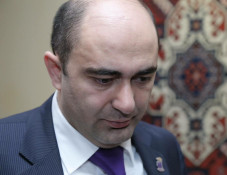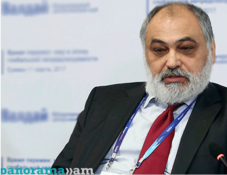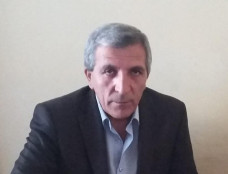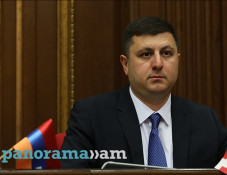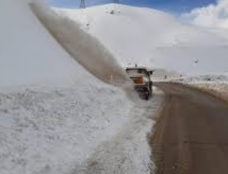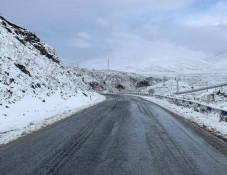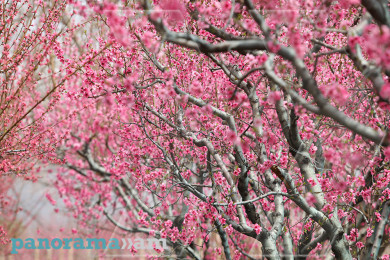
The water supply system has been improved in borderland Chinari community
The Foundation for the Preservation of Wildlife and Cultural Assets (FPWC) and VivaCell-MTS marked the completion and presented the outcomes of yet another project aimed at improving the water supply system in rural communities, VivaCell-MTS reports in a released statement.
Due to the program, Chinari community in Tavush region will be provided with 6-hour water supply instead of the former 2 hours. The improved system includes a new drainage, a pumping station and a 300-meter water line. The program was also supported by the Fund for Armenian Relief (FAR).
VivaCell-MTS General Manager Ralph Yirikian, FPWC Founder Ruben Khachatryan, head of Chinari community Samvel Saghoyan as well as the Deputy Director of FAR branch in Armenia Margarit Piliposyan attended the opening ceremony.
The community of Chinari, which shares a 28-km border with Azerbaijan, has a population of over 1175 people. Some places of this Armenian village are in a distance of 600 meters from the adversary’s location.
For years, the residents of Chinari had had only two-hour water supply: the villagers were carrying the water in buckets from the reservoir located in the village center. The same reservoir was also used for the livestock’s drinking spots and irrigation.
In the frames of the program implemented by FPWC and VivaCell-MTS a new drainage, a pumping station and a water line of 300 meters has been constructed in the community, and as a result, the water is being collected and pumped into the village's daily regulating main reservoir.
Due to these activities, the water supply in Chinari is currently implemented in 6-hour schedule; also the reservoir surrounding area and the livestock’s drinking spots have been improved.
VivaCell-MTS has implemented volunteering initiatives in Chinari since 2010. Owing to the financial assistance of the employees and the General Manager, the local kindergarten was provided with a heating system, new doors and windows were installed, a new refrigerator and a gas-stove were purchased. A year later, in 2011, in order to at least partially solve the potable water problem of the village, about 3-km length of plastic tubing was constructed.
Newsfeed
Videos








